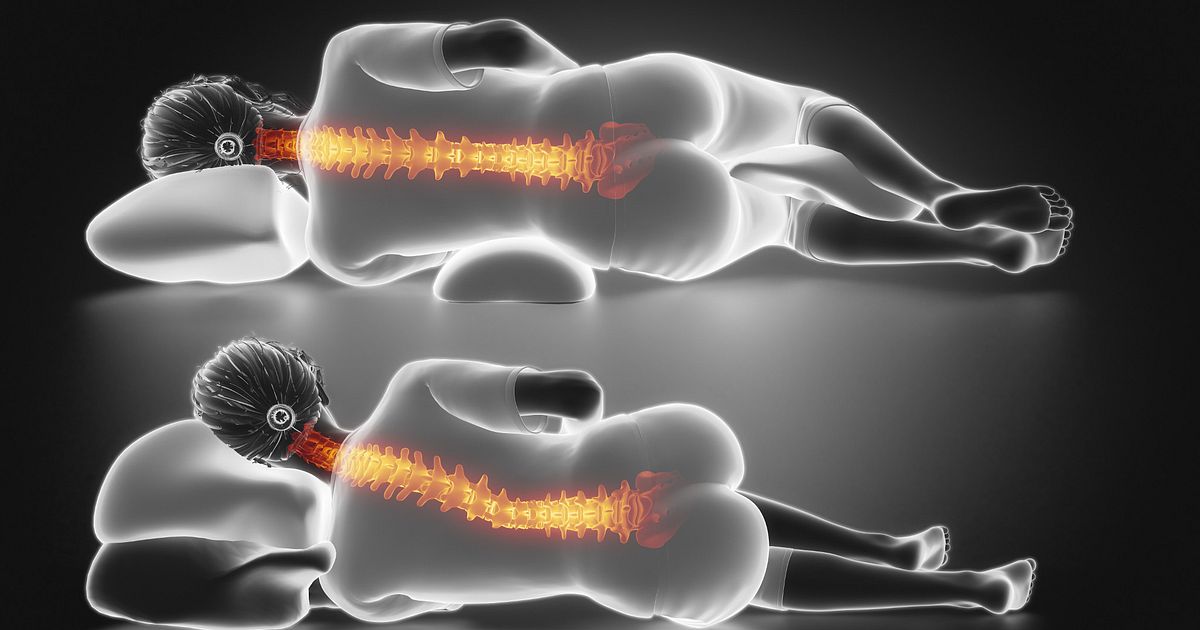

What happens if you leave a tampon for too long?

Leaving a tampon in for longer than 8- 12 hours, can increase risk of infection or possibly TSS, according to Jessica Shepherd, a gynecologist. Leaving a tampon in for too long can lead to infections and rarely cause life-threatening toxic shock syndrome (TSS). īeside this, can you leave a tampon in for 12 hours?

I still haven't determined where that eight- hour timeline originated, but manufacturers warn that wearing a tampon for longer than eight hours, increases the risk of toxic shock syndrome. Subsequently, question is, can you leave a tampon in for 10 hours? " your friend asks. To be on the safe side, most experts recommend 4 to 6 hours. According to the Food and Drug Administration (FDA), it's best to change a tampon after 4 to 8 hours. When it comes to tampons, the rule of thumb is to never leave them in longer than 8 hours. Hereof, can you leave a tampon in for 6 hours? So if you're about to hit the sheets and are planning to sleep with a tampon in, first be sure to put in a new one, and then remove it as soon as you're done with your beauty sleep. Like this article? SIGN UP TO OUR NEWSLETTER to receive your weekly dose of features.So, how long can I leave my tampon in? You should only use a tampon for up to 8 hours. So, if you’re planning to sleep for more than eight hours or are at the heaviest part of your flow, and don’t want to set an alarm for halfway through the night best get some pads in stock.įor more information about Toxic Shock Syndrome,. ‘Leaving a tampon in place longer than the manufacturer advises can increase the risk of TSS,’ Dr Brewer says. Your tampon becomes too dry that it’s difficult to remove.Watch out for the tell-tale signs that it’s time you changed your tampon.Always have a selection of absorbencies available so you don’t end up using one that is super absorbent when your flow is light. Use a tampon with the right level of absorbency depending on your flow – which will vary from day to day during your period.Ensure you remove the last tampon at the end of your period.Vary the use of tampons with sanitary towels from time to time – overnight is an ideal time to do this.Insert a fresh tampon before going to bed and replace it in the morning.

Dr Brewer's top tips for sleeping with a tampon in: Per the guidance on the back of your tampon packet, you don't want to go beyond eight hours. Not sure where to begin? Opt for a starter pack, which contains a combination of every pad you could possibly need to navigate your cycle. You can use a tampon overnight but, regardless of when tampons are used, they should be changed every four to eight hours,' is what Dr Brewer has to say. ‘It is important to read and follow the manufacturer's instructions when using tampons. And how long can you sleep with a tampon in? Essentially, you can't sleep with one in for endless hours. It is treated easily in the early stages but will quickly become serious if left.’Īnd by serious, Dr Brewer means fatal. ‘Anyone who suspects TSS should immediately seek medical attention. ‘TSS can also occur if a wound such as a burn, insect bite, cut or even a chickenpox spot becomes infected with the bacteria that make this toxin,’ says Dr Brewer. Watch out for severe flu-like symptoms warns Dr Brewer. What are the symptoms of Toxic Shock Syndrome?
#Should i sleep with a tampon in skin#
But, for some reason, some people do not make these antibodies and may develop TSS if they come into contact with the bacteria making the poison.’Īlthough the experts aren’t completely sure how tampons lead to Toxic Shock Syndrome, it’s thought that tampons, being a warm, moist environment, could attract bacteria.Īnd high-absorbency tampons might be riskier because they not only absorb your period blood but also some of your vagina’s natural mucus – drying the vagina out and potentially causing micro tears in the skin (ie gateways into your bloodstream for bacteria). ‘Most people develop antibodies against this poison and become naturally immune. ‘TSS is caused by a poison (toxin) produced by a type of skin bacteria known as Staphylococcus aureus, which lives in or on the body (including the vagina),’ says Dr Sarah Brewer, medical director of Healthspan, and advisor to the Toxic Shock Syndrome Information Service ( TSSIS). Plus, it can affect anyone – not just people who use tampons. Okay, but actually is Toxic Shock Syndrome?įirst up: TSS is rare.


 0 kommentar(er)
0 kommentar(er)
